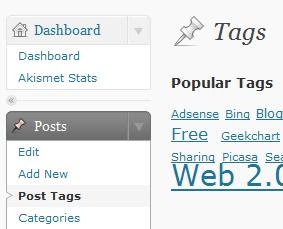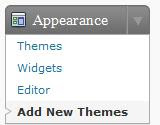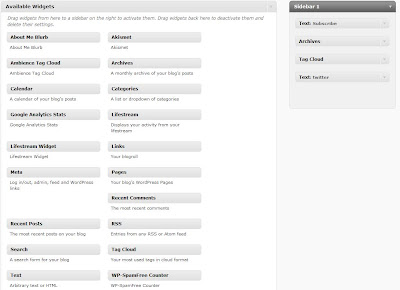Web analytics is the measurement of the visits to a website to track website performance. Its also the process of collection, measurement and analysis of user activity on a website to understand and help achieve the intended objective of the website. So it is a tool that collects data on web site users behavior.
How can we use it ?
For Web Analytics you just need to Sign Up for a Web Analytics program and then add the essential code given by the Program to your site. Or Install a couple of plugin’s if you are on WordPress.
What programs are available ?
There are many of the programs available for analytics for Websites. I have included few which I like.
Google Analytics
For me its the best as it is owned by 800 pound gorilla of the internet market and the features it provides are very useful. All though it’s not highly advanced or high on features still it has everything which is required for analytics. One can add multiple sites here and most importantly its 100% Free. You just need to add the code to your website for its functioning(Or a plugin if you are on WordPress). Google Analytics can track visitors from all referrers, including search engines, display advertising, pay-per-click networks, email marketing and digital collateral such as links within PDF documents. You may integrate it with Your Adwords account too.
Clicky Web Analytics
It has all the features of Google Analytics plus many more like giving a Mobile version of your dashboard, Viewing the history for an individual page, Visitor segmentation, Twitter Analytics etc. It’s hugely accpeted. But the drawback is its not Free. Though it has a Free version too but using GA will be the better option then.
Analytics for WordPress using a simple Plugin(WordPress.com Stats)
Its like Google Analytics providing an incredible depth of information. Installing this stats plugin is easy, all you need is to put in your API Key. When running it’ll begin collecting information about your pageviews, popular posts and pages, traffic source, etc. It’ll also add a link to your dashboard. And because all of the processing and collection runs on there servers. it doesn’t cause any additional load on our hosting account.





